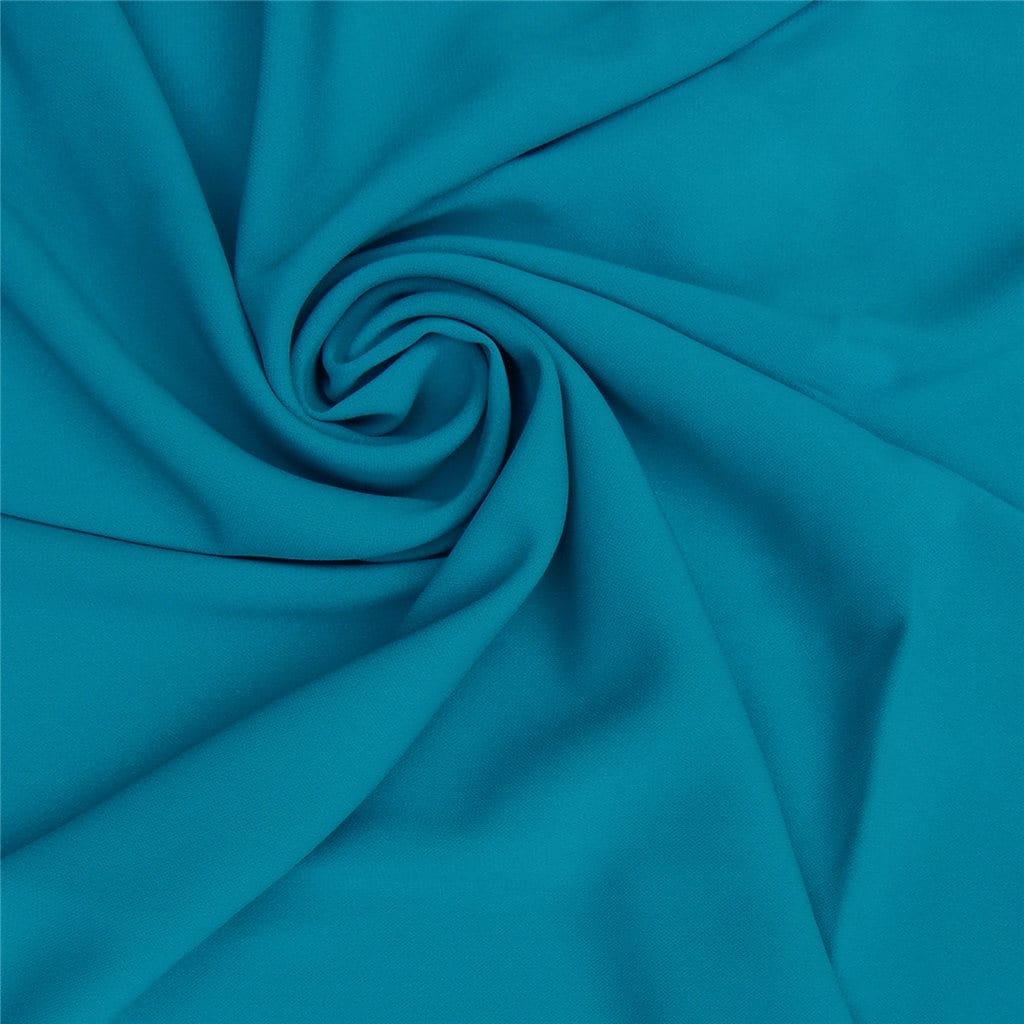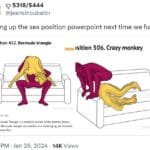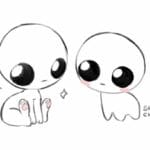Get ready to dive deep into one of the most whimsical chapters in advertising history: the tale of the Nauga, a creature that never existed, and its uncanny ability to sell mountains of Naugahyde, a vinyl fabric that very much does exist. This isn’t just a story about clever marketing; it’s a testament to the power of imagination, humor, and a dash of good-natured absurdity.
The Nauga: Marketing’s Most Mythical Mascot
Ever heard of an animal that loves to have its hide harvested for furniture? Probably not, unless you’ve encountered the Nauga, a mythical beast conjured up by the marketing masterminds at Uniroyal Engineered Products, Inc. Back in the groovy 1960s, Uniroyal faced a challenge: how to make vinyl appealing. Their solution? Invent an entirely new animal.
The Nauga, a plump and perpetually cheerful creature, became the face (and hide?) of Naugahyde. The tagline? “It doesn’t hurt a Nauga.” This stroke of genius transformed vinyl from a cheap leather alternative into an ethical choice. Suddenly, buying Naugahyde wasn’t just about practicality; it was about participating in a whimsical world where fuzzy creatures happily contributed to our sofas and car seats. It was marketing with a wink and a smile, and it worked brilliantly. The public lapped it up like a Nauga shedding its… well, you get the idea.
The Nauga’s influence extended beyond furniture stores. Plush Nauga toys became must-have collectibles. Kids wanted to cuddle the creature that spared the cow. The campaign became so pervasive that some people genuinely believed Naugas roamed the earth, adding a layer of urban legend to the marketing mix.
| Feature | Nauga | Cow |
|---|---|---|
| Skin Shedding | Enjoys it, apparently. | Less enthusiastic, probably. |
| Contribution | Provides Naugahyde (happily) | Provides leather (less happily?) |
| Existence | Questionable, likely imaginary. | Confirmed. Have you seen one lately? |
| Cuteness Factor | Off the charts | Adorable, but in a different way |
The Nauga’s enduring appeal likely stems from several factors. First, the humor is undeniable. It’s absurd, silly, and delightfully self-aware. Second, the cleverness of the campaign is remarkable. It transformed a mundane product into a story, a world of happy, shedding creatures. Third, it offered a touch of guilt-relief. Choosing Naugahyde meant you weren’t contributing to bovine suffering, at least not in the Nauga universe.
Of course, we know the Nauga isn’t real. But its impact on advertising is very real. It serves as a constant reminder that a bit of whimsy can go a long way. The Nauga may be a myth, but its enduring legacy testifies to the power of creative marketing. It proves that even in advertising, a touch of magic, a dash of humor, and a completely made-up animal can capture our imaginations and sell a whole lot of vinyl. Who knows, maybe other mythical creatures are waiting to endorse products? Imagine a Chinchilla that sheds gold for jewelry, or how about a unicorn that sweats rainbows for, well, everything? The possibilities are endless, just like the human imagination itself.
Decoding “Nauga”: From Mythical Creature to Material
We’ve established that Naugahyde is that comfy, versatile faux leather you see everywhere. But what about the word “nauga” itself? Its story traces back to Uniroyal’s ingenious marketing campaign. In the late 60s and early 70s, they dreamed up the adorable Nauga and built their advertising around it. These colorful, horned creatures, they claimed, were the source of Naugahyde.
Of course, this was all in good fun. Nobody actually believed in herds of Naugas shedding their hides for our furniture. It was a whimsical way to introduce synthetic leather. The ads were so successful that the Nauga became a pop culture icon, much like the Geico gecko or the Energizer Bunny—a memorable character tied to a specific brand.
Here’s where things get interesting: even though everyone knew the Nauga was fictional, the name stuck. “Nauga” became shorthand for any faux leather, regardless of brand, similar to how we call all tissues “Kleenex.” This imaginary creature lent its name to an entire material category!
Some might argue that “nauga” exclusively refers to Naugahyde, the original source of the word, and it’s a valid point. However, in everyday conversation, “nauga” often describes any artificial leather, becoming a common synonym.
| Term | Meaning | Real or Fictional |
|---|---|---|
| Nauga | The mythical creature from the Naugahyde ads | Fictional |
| Naugahyde | A brand of artificial leather | Real |
| Faux Leather | A general term for artificial leather | Real |
| Nauga (slang) | Sometimes used as a synonym for faux leather | Depends on context |
This playful ambiguity surrounding “nauga” adds to its intrigue. While not technically accurate to use it interchangeably with “faux leather,” it’s so ingrained in our language that it’s probably here to stay.
Language is constantly evolving. Researchers continually study how words acquire new meanings and slang becomes integrated into common usage. This dynamic nature is what makes language so fascinating. While “nauga” might casually refer to faux leather today, its meaning could shift again. It will be interesting to see how this word continues to evolve!
The Real Story Behind Naugahyde: No Animals Harmed
We’ve debunked the adorable Nauga creatures from those vintage commercials. Now, let’s explore what Naugahyde actually is, and you might be surprised. Naugahyde is essentially a clever imposter of genuine leather. It’s made from polyvinyl chloride, or PVC, a versatile, plastic-like substance used in everything from couches and chairs to car interiors. Designed for durability, PVC withstands everyday wear and tear, a key factor in Naugahyde’s popularity.
Those mythical Naugas? Entirely a product of Uniroyal’s creative advertising. The commercials implied these fictional beasts painlessly “shed” their hides to create Naugahyde, cleverly highlighting its non-animal origin. It was a brilliant strategy that made “Naugahyde” synonymous with comfortable, affordable upholstery.
So, to answer definitively, “What animal does Naugahyde come from?” – the answer is none. This synthetic marvel is entirely manufactured, a cruelty-free alternative to traditional leather, likely contributing to its appeal for ethical and sustainable consumers.
While the Nauga isn’t real, Naugahyde’s history is fascinating. Invented in 1914 and trademarked in 1936, it’s become a household name, gracing furniture and automobiles globally.
Theories abound about the name “Naugahyde.” Some suggest it combines “Nautical” and “Hide,” perhaps hinting at early marine upholstery uses due to its water-resistant properties. However, the true origin may remain a marketing mystery, though ongoing research might uncover the answer.
| Feature | Naugahyde | Genuine Leather |
|---|---|---|
| Origin | Synthetic (PVC) | Animal hide |
| Durability | High, resistant to wear and tear | High, but susceptible to scratches and aging |
| Cost | Generally lower | Typically higher |
| Maintenance | Easy to clean | Requires specific care and conditioning |
| Ethical considerations | Cruelty-free | Involves animal products |
While Naugahyde offers many benefits, it’s not a universal solution. Some experts suggest genuine leather provides a richer, more luxurious feel and develops a unique patina. Others champion Naugahyde’s ease of maintenance and affordability. Ultimately, the best choice depends on individual needs, preferences, and budget.
So, while the mythical Nauga lives on in our memories, we can appreciate Naugahyde for what it is: a durable, versatile synthetic material that has served as a reliable leather alternative for generations. It’s a material with a rich history and a touch of whimsical folklore, elevating it beyond mere upholstery.
Naugahyde Today: Still Going Strong
Yes, Naugahyde is still around! This durable, synthetic leather alternative remains a popular choice for furniture, car seats, and more, offering a practical option for homes and businesses. Its enduring popularity stems from its quirky history and resilient nature.
Let’s revisit the Nauga, that mythical beast from those memorable commercials. Uniroyal’s clever 1960s marketing campaign featured this fictional creature, supposedly roaming Sumatra, generously providing hides for Naugahyde. The tongue-in-cheek humor highlighted Naugahyde’s synthetic nature – no animals were harmed! This playful approach explains why “Naugahyde” remains so recognizable.
The humorous origin story captured the public’s imagination, creating an almost mythical status for the material. While the Nauga isn’t real, Naugahyde’s quality is. Its resilience explains its relevance in a competitive market. This suggests practical considerations like durability and easy cleaning often outweigh other factors when choosing upholstery.
Naugahyde’s toughness is a key selling point, resisting scratches, spills, and general wear and tear. This likely explains its continued use in high-traffic areas like restaurants, waiting rooms, and healthcare facilities. Its versatility allows it to mimic real leather’s look and feel, offering a more affordable and ethical alternative. Available in various colors and textures, it suits diverse design schemes.
Some argue that real leather offers a prestige and luxurious feel that synthetics can’t match. However, advancements in manufacturing now produce surprisingly soft and supple Naugahyde, blurring the lines between real and synthetic, likely explaining its continued popularity for boat seating, where durability and weather resistance are paramount.
Looking ahead, it will be interesting to see how Naugahyde adapts to evolving consumer demands and technological advancements. Perhaps we’ll see more realistic textures, enhanced stain resistance, or even “smart” Naugahyde with integrated technology. While the future is uncertain, Naugahyde, with its rich history and proven durability, will likely remain a key player in the upholstery world for years to come. Read the fascinating Phineas Gage book for more examples of how ingenuity can lead to unexpected advancements.
| Feature | Description |
|---|---|
| Availability | Still readily available |
| Durability | Highly resistant to wear and tear |
| Origin Story | Based on the mythical “Nauga” creature |
| Applications | Furniture, vehicles, healthcare, and more |
| Future | Continued innovation and adaptation expected |
The fictional Nauga has cemented its place in advertising history, and the product it represents continues to thrive.
- Photocell Sensors: A Complete Guide for Selection and Implementation - April 2, 2025
- Discover Famous French Women: A History of Impact - April 2, 2025
- 2025 World Map: Unveiling Geopolitical Shifts & Risks - April 2, 2025
















